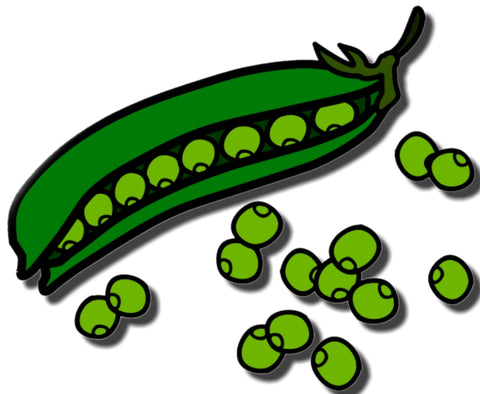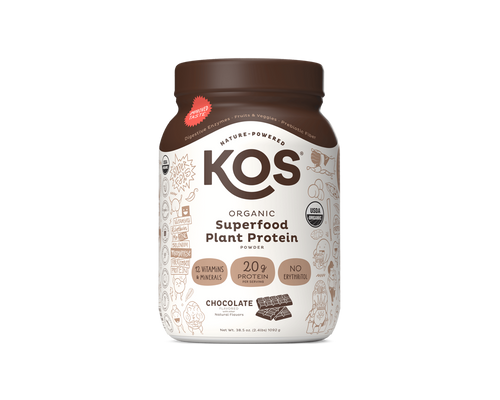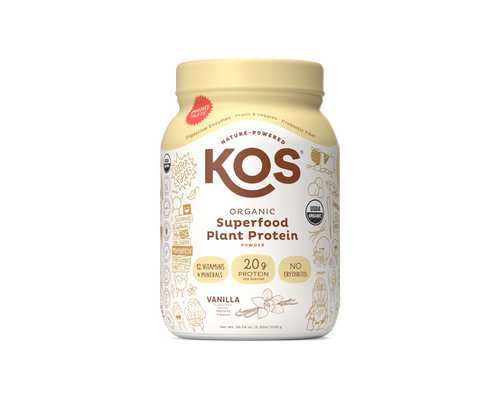Table of Contents

“Eat your peas!” Sound familiar? Of all the childhood veggies forced upon us by our well-meaning and insistent parents, peas held a special place at the Dinner Hour Contest of Wills. Fortunately, nature saw fit to make them small and spherical, the better to roll them around the plate in various groupings that disguised their numbers.
Pea Protein and Roman Conquest
Of course, peas have a much more illustrious history than these rituals would suggest, even appearing in verse form in early Roman writings. In the first century, the Empire’s chief botany enthusiast, Lucius Columella, poetically described traveling Roman soldiers supplementing their rations with wild peas in North Africa.

Roman soldiers may have looked more fearsome than this in actual battle
By January 1660, the humble pea and its crazy stores of energy had become such a culinary delicacy, a basket of them was presented to France’s King Louis XIV as a gift from the Italian court. That’s right. Gold and precious gems—hit the road. His Majesty would rather have a pile of peas. (In modern times, this royal preference of peas over gold might call into question a king’s mental stability and fitness to rule. Just sayin’…)
Pea Protein’s Amino Acid Profile
Today we understand the power of the pea, and are harnessing it like a sonofagun. For one thing, peas have a lovely amino acid profile that includes those branched amino acids that are so critical to muscle repair and muscle-building during exercise.

this is a leafy little purse full of muscle
In the case of the pea, the heavy-hitting aminos are arginine (immune function, cell division, tissue repair), *lysine (calcium absorption, hormone, enzyme and antibody production) and phenylalanine. Yes, a pea is a hard-working little seed.
Pea Protein and Hunger Suppression
Peas also lower the so-called “hunger hormone”, a little something called ghrelin. An empty tummy secretes ghrelin, sending a signal to your system: “Food! Now!” The peptides in pea protein suppress somewhat the production of ghrelin, delaying and buffering the hunger impulse, making it more manageable and less likely to result in a raided fridge. This makes pea protein a weight management delight.
Pea Protein
In a study conducted by the University of Toronto’s Department of Nutritional Sciences, pea protein was shown to mediate blood glucose, where certain foods would be expected to spike those numbers.
Pea Protein and the Unexpected
In China, peas are considered a delicacy. As is the case in the U.S., though, a child in China may not care if the stuff on their plate is a delicacy. Sometimes a kid’s main question is “where can I get rid of these things while my parents’ backs are turned?” What else might surprise us about peas?

These tiny green cannonballs are loaded with phosphorus, potassium, calcium, and magnesium. High magnesium content correlates in research with heart health. What can magnesium do for heart health? It’s about rhythm. Cardio-rhythm, of course.

Magnesium is like an intracellular taxi cab, delivering electrolytes like calcium and potassium into the cells, whereupon those electrolytes start living up to their name, managing the contractions of the heart through electro-chemical mojo.
50 grams of peas = about 50 calories, and contains 4 grams of protein, and 12 grams of carbs. Peas are high in calcium and low in calories. Dieters love them.
A cup of peas will beat your single egg for protein content; never mind that peas are also a great source of vitamins C and E, and other antioxidants that support your normally functioning immune system.
Pea Protein and FODMAP
The fiber in peas helps give them a low glycemic index, meaning they won’t spike your blood sugar when you eat them. This is due to the fact that fiber is a carb that is only partially metabolized by the body, the rest of it heading to your bowel to manage the movement of cargo and the FODMAP feeding of your trillions of bacterial allies down there.
FODMAP — which is quite obviously short for fermentable oligosaccharides, disaccharides, monosaccharides and polyols, are short chain carbs/sugars that feed the microbiota in your sub-basement, keeping them happy and activated.
Peas are a familiar component of the low FODMAP diet, one that throws nourishment at your microbiome but whose fiber content doesn’t annoy the small intestine. And yes, I was also surprised there is such a word as polyol.
Pea Protein and The Awful Truth: Your Parents were Right.
Bottom line: your parents were right. Imagine how many peas you fed to the family dog under the table in the course of your vegetable-haunted youth. Little did you know you were lowering Fido’s blood pressure, building her muscle mass and giving her ownership of those doggie-snack binges. She’ll thank you with a pea-powered tail wag.






